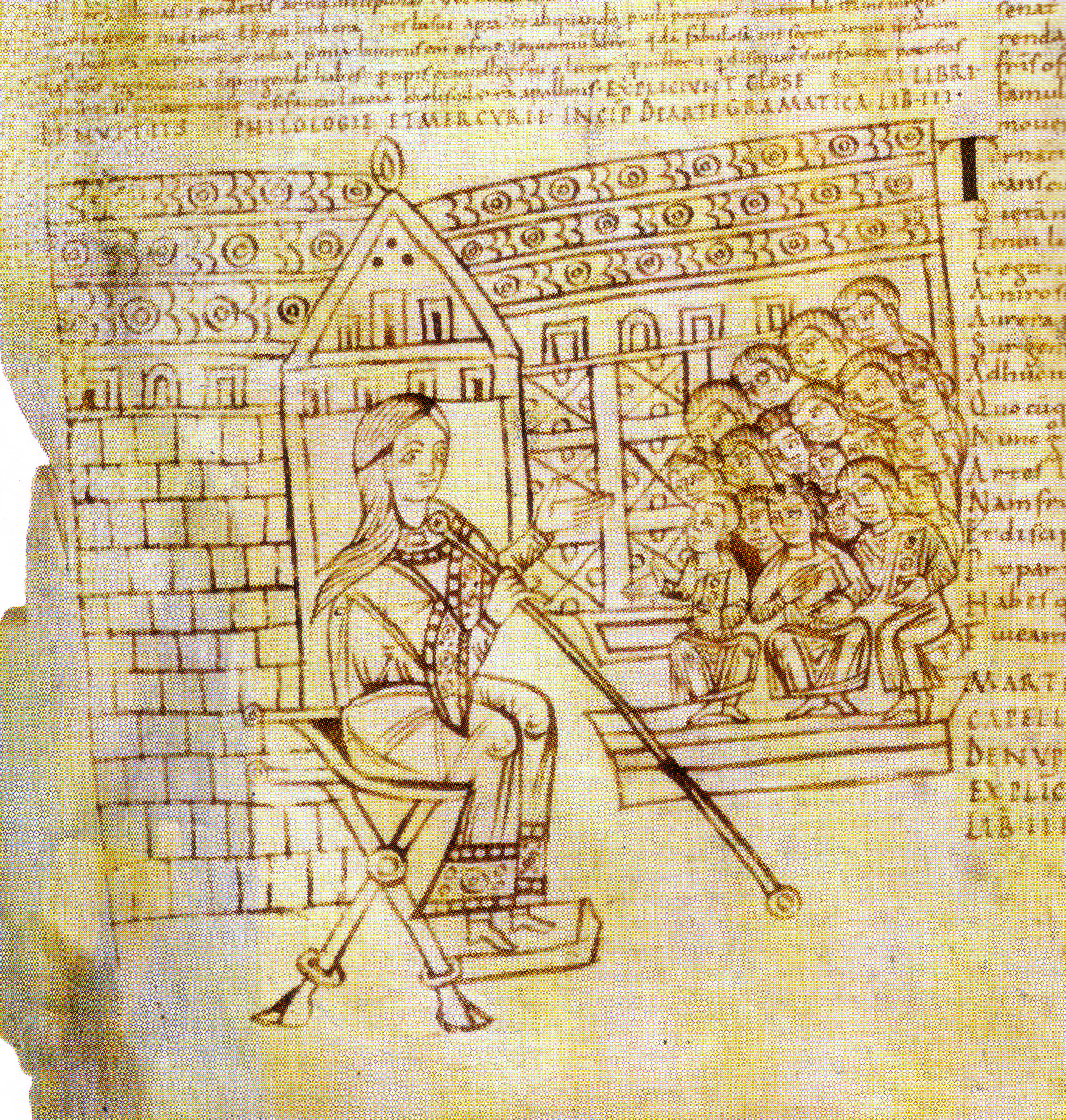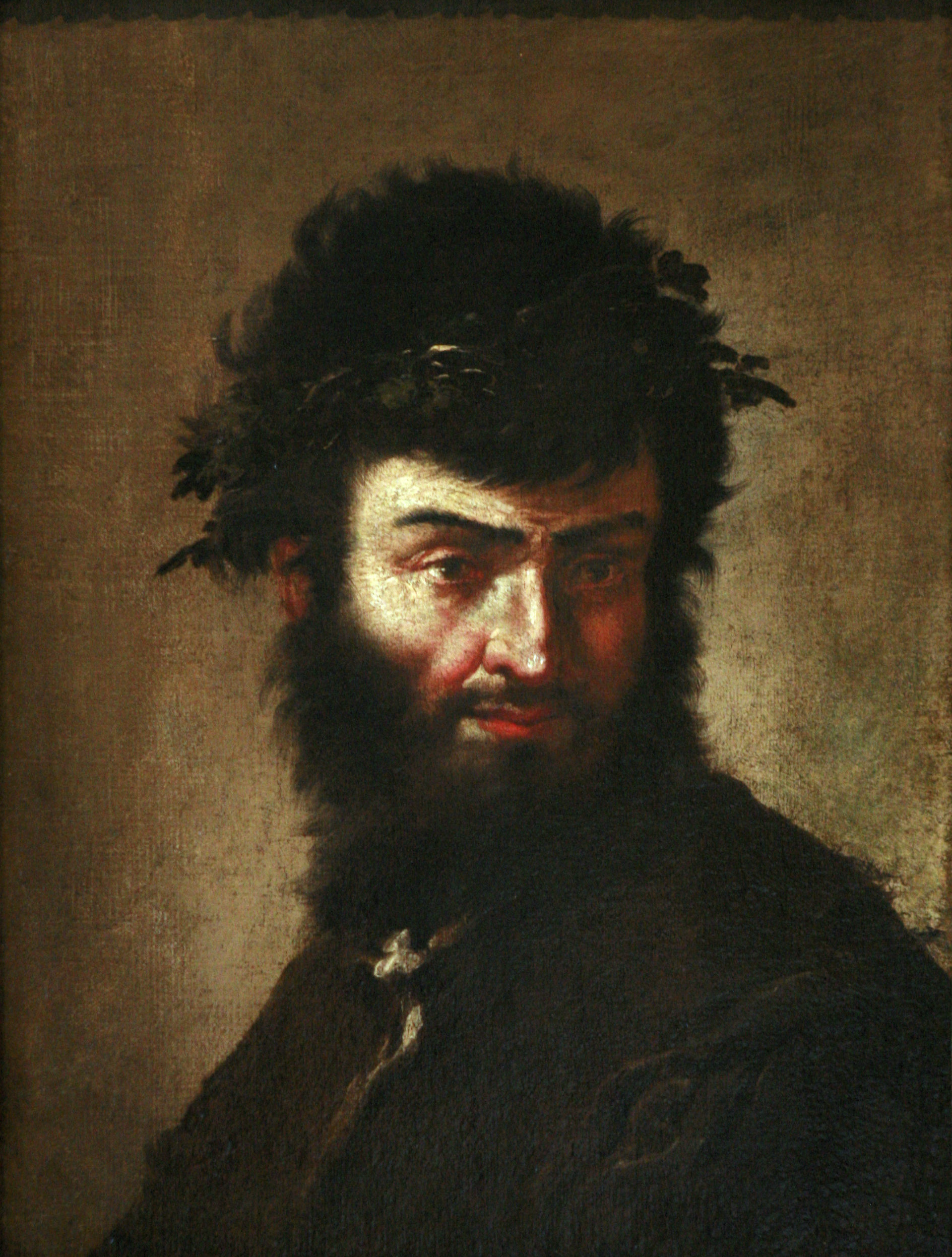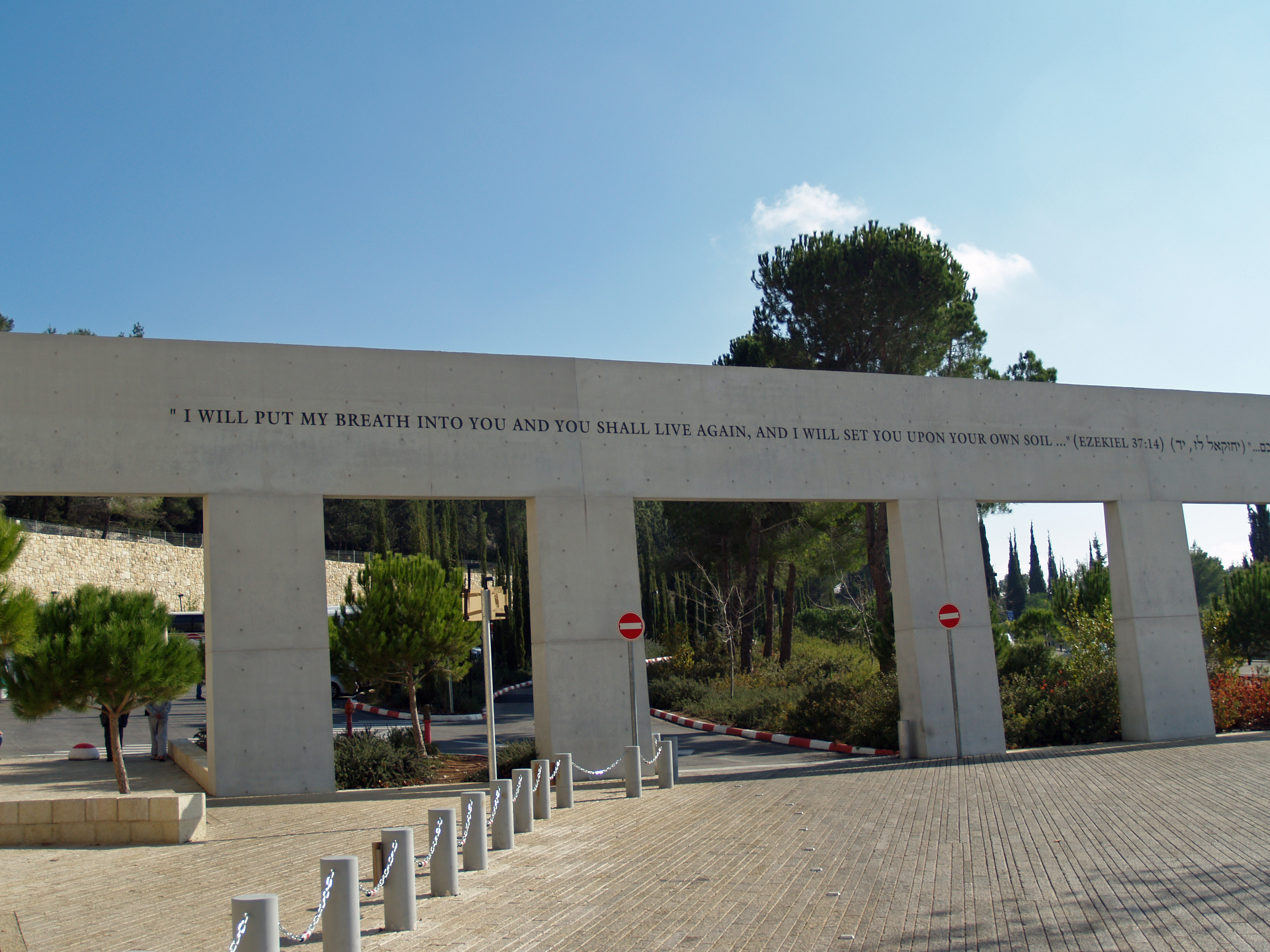|
Allegory
As a List of narrative techniques, literary device or artistic form, an allegory is a wikt:narrative, narrative or visual representation in which a character, place, or event can be interpreted to represent a meaning with moral or political significance. Authors have used allegory throughout history in all forms of art to illustrate or convey complex ideas and concepts in ways that are comprehensible or striking to its viewers, readers, or listeners. Writers and speakers typically use allegories to convey (semi-) hidden or complex meanings through symbolism (arts), symbolic figures, actions, imagery, or events, which together create the moral, spiritual, or political meaning the author wishes to convey. Many allegories use personification of abstract concepts. Etymology First attested in English in 1382, the word ''allegory'' comes from Latin ''allegoria'', the latinisation (literature), latinisation of the Greek language, Greek ἀλληγορία (''allegoría''), "veiled ... [...More Info...] [...Related Items...] OR: [Wikipedia] [Google] [Baidu] |
The Faerie Queene
''The Faerie Queene'' is an English epic poem by Edmund Spenser. Books IIII were first published in 1590, then republished in 1596 together with books IVVI. ''The Faerie Queene'' is notable for its form: at over 36,000 lines and over 4,000 stanzas, it is one of the longest poems in the English language; it is also the work in which Spenser invented the verse form known as the Spenserian stanza. On a literal level, the poem follows several knights as a means to examine different virtues. The poem is also an allegorical work. As such, it can be read on several levels, including as praise (or, later, criticism) of Queen Elizabeth I. In Spenser's "Letter of the Authors", he states that the entire epic poem is "cloudily enwrapped in Allegorical devices", and that the aim of publishing ''The Faerie Queene'' was to "fashion a gentleman or noble person in virtuous and gentle discipline". Spenser presented the first three books of ''The Faerie Queene'' to Elizabeth I in 1589, probabl ... [...More Info...] [...Related Items...] OR: [Wikipedia] [Google] [Baidu] |
Personification
Personification is the representation of a thing or abstraction as a person, often as an embodiment or incarnation. In the arts, many things are commonly personified, including: places, especially cities, National personification, countries, and continents; elements of the natural world, such as trees, the Deities and personifications of seasons, four seasons, the "four elements", the Anemoi, four cardinal winds, and the Sense, five senses; moral abstractions, especially the four cardinal virtues and seven deadly sins; the nine Muses; and Personifications of death, death. In many polytheistic early religions, deity, deities had a strong element of personification, suggested by descriptions such as "god of". In ancient Greek religion, and the related ancient Roman religion, this was perhaps especially strong, in particular among the minor deities. Many such deities, such as the or tutelary deities for major cities, survived the arrival of Christianity, now as symbolic personif ... [...More Info...] [...Related Items...] OR: [Wikipedia] [Google] [Baidu] |
Republic (Plato)
The ''Republic'' (; ) is a Socratic dialogue authored by Plato around 375 BC, concerning justice (), the order and character of the just city-state, and the just man. It is Plato's best-known work, and one of the world's most influential works of philosophy and Political philosophy, political theory, both intellectually and historically. In the dialogue, Socrates discusses with various Classical Athens, Athenians and foreigners the meaning of justice and whether the just man is happier than the unjust man.In ancient times, the book was alternately titled ''On Justice'' (not to be confused with the spurious dialogue of the On Justice, same name). He considers the natures of existing regimes and then proposes a series of hypothetical cities in comparison, culminating in Kallipolis (), a utopian city-state ruled by a class of philosopher-kings. They also discuss ageing, love, theory of forms, the immortality of the soul, and the role of the philosopher and of poetry in soci ... [...More Info...] [...Related Items...] OR: [Wikipedia] [Google] [Baidu] |
The Republic (Plato)
The ''Republic'' (; ) is a Socratic dialogue authored by Plato around 375 BC, concerning justice (), the order and character of the just city-state, and the just man. It is Plato's best-known work, and one of the world's most influential works of philosophy and political theory, both intellectually and historically. In the dialogue, Socrates discusses with various Athenians and foreigners the meaning of justice and whether the just man is happier than the unjust man.In ancient times, the book was alternately titled ''On Justice'' (not to be confused with the spurious dialogue of the same name). He considers the natures of existing regimes and then proposes a series of hypothetical cities in comparison, culminating in Kallipolis (), a utopian city-state ruled by a class of philosopher-kings. They also discuss ageing, love, theory of forms, the immortality of the soul, and the role of the philosopher and of poetry in society. The dialogue's setting seems to be the ... [...More Info...] [...Related Items...] OR: [Wikipedia] [Google] [Baidu] |
List Of Narrative Techniques
A narrative technique (also, in fiction, a fictional device) is any of several storytelling methods the creator of a story uses, thus effectively relaying information to the audience or making the story more complete, complex, or engaging. Some scholars also call such a technique a narrative mode, though this term can also more narrowly refer to the particular technique of using a commentary to deliver a story. Other possible synonyms within written narratives are literary technique or literary device, though these can also broadly refer to non-narrative writing strategies, as might be used in academic or essay writing, as well as poetic devices such as assonance, metre, or rhyme scheme. Furthermore, narrative techniques are distinguished from narrative elements, which exist inherently in all works of narrative, rather than being merely optional strategies. Setting Plots Perspective Style Theme Character See also * Plot device * Rhetorical device ... [...More Info...] [...Related Items...] OR: [Wikipedia] [Google] [Baidu] |
Martianus Capella
Martianus Minneus Felix Capella () was a jurist, polymath and Latin literature, Latin prose writer of late antiquity, one of the earliest developers of the system of the seven liberal arts that structured early medieval education. He was a native of M'Daourouch, Madaura. His single encyclopedic work, ''De nuptiis Philologiae et Mercurii'' ("On the Marriage of Philology and Mercury"), also called ''De septem disciplinis'' ("On the seven disciplines"), is an elaborate didactic allegory written in a mixture of prose and elaborately allusion, allusive verse. Martianus often presents philosophical views based on Neoplatonism, the Platonism, Platonic school of philosophy pioneered by Plotinus and his followers. Like his near-contemporary Macrobius, who also produced a major work on Religion in ancient Rome, classical Roman religion, Martianus never directly identifies his own religious affiliation. Much of his work occurs in the form of dialogue, and the views of the interlocutors ma ... [...More Info...] [...Related Items...] OR: [Wikipedia] [Google] [Baidu] |
Philo
Philo of Alexandria (; ; ; ), also called , was a Hellenistic Jewish philosopher who lived in Alexandria, in the Roman province of Egypt. The only event in Philo's life that can be decisively dated is his representation of the Alexandrian Jews in a delegation to the Roman emperor Caligula in 40 CE following civil strife between the Jewish and Greek communities of Alexandria. Philo was a leading writer of the Hellenistic Jewish community in Alexandria, Egypt. He wrote expansively in Koine Greek on philosophy, politics, and religion in his time; specifically, he explored the connections between Greek Platonic philosophy and late Second Temple Judaism. For example, he maintained that the Greek-language Septuagint and the Jewish law still being developed by the rabbis of the period together serve as a blueprint for the pursuit of individual enlightenment. Philo's deployment of allegory to harmonize Jewish scripture, mainly the Torah, with Greek philosophy was the firs ... [...More Info...] [...Related Items...] OR: [Wikipedia] [Google] [Baidu] |
Hermeneutics
Hermeneutics () is the theory and methodology of interpretation, especially the interpretation of biblical texts, wisdom literature, and philosophical texts. As necessary, hermeneutics may include the art of understanding and communication. Modern hermeneutics includes both verbal and non-verbal communication,''The Routledge Companion to Philosophy in Organization Studies'', Routledge, 2015p. 113Joann McNamara, ''From Dance to Text and Back to Dance: A Hermeneutics of Dance Interpretive Discourse'', PhD thesis, Texas Woman's University, 1994. as well as semiotics, presuppositions, and pre-understandings. Hermeneutics has been broadly applied in the humanities, especially in law, history and theology. Hermeneutics was initially applied to the interpretation, or exegesis, of scripture, and has been later broadened to questions of general interpretation. p. 2 The terms ''hermeneutics'' and ''exegesis'' are sometimes used interchangeably. Hermeneutics is a wider discipline wh ... [...More Info...] [...Related Items...] OR: [Wikipedia] [Google] [Baidu] |
Salvator Rosa (Italian) - Allegory Of Fortune - Google Art Project
Salvator Rosa (1615 – March 15, 1673) is best known today as an Italian Baroque painter, whose romanticized landscapes and history paintings, often set in dark and untamed nature, exerted considerable influence from the 17th century into the early 19th century. In his lifetime he was among the most famous painters,Jaffé, Hans L. C., editor. 1967. ''20,000 Years of World Painting.'' Harry N. Abrams, Inc., Publishers. New York. 418 pp. age 228/ref> known for his flamboyant personality, and regarded as an accomplished poet, satirist, actor, musician, and printmaker, as well. He was active in Naples, Rome, and Florence, where on occasion he was compelled to move between cities, as his caustic satire earned him enemies in the artistic and intellectual circles of the day. As a history painter, he often selected obscure and esoteric subjects from the Bible, mythology, and the lives of philosophers, that were seldom addressed by other artists. He rarely painted the common religiou ... [...More Info...] [...Related Items...] OR: [Wikipedia] [Google] [Baidu] |
Homer
Homer (; , ; possibly born ) was an Ancient Greece, Ancient Greek poet who is credited as the author of the ''Iliad'' and the ''Odyssey'', two epic poems that are foundational works of ancient Greek literature. Despite doubts about his authorship, Homer is considered one of the most revered and influential authors in history. The ''Iliad'' centers on a quarrel between King Agamemnon and the warrior Achilles during the last year of the Trojan War. The ''Odyssey'' chronicles the ten-year journey of Odysseus, king of Homer's Ithaca, Ithaca, back to his home after the fall of Troy. The epics depict man's struggle, the ''Odyssey'' especially so, as Odysseus perseveres through the punishment of the gods. The poems are in Homeric Greek, also known as Epic Greek, a literary language that shows a mixture of features of the Ionic Greek, Ionic and Aeolic Greek, Aeolic dialects from different centuries; the predominant influence is Eastern Ionic. Most researchers believe that the poems w ... [...More Info...] [...Related Items...] OR: [Wikipedia] [Google] [Baidu] |
Ezekiel
Ezekiel, also spelled Ezechiel (; ; ), was an Israelite priest. The Book of Ezekiel, relating his visions and acts, is named after him. The Abrahamic religions acknowledge Ezekiel as a prophet. According to the narrative, Ezekiel prophesied the destruction of Judah's capital city Jerusalem. In 587 BC, the Neo-Babylonian Empire conquered Jerusalem, destroyed Solomon's Temple, and sent the Judahite upper classes into the Babylonian captivity. However, Ezekiel also prophesied the eventual restoration of the Jewish people to the Land of Israel. It is believed he died around 570 BC; Ezekiel's Tomb is a Jewish religious site in Mesopotamia. Three decades later, in 539 BC, the Persian empire conquered Babylon and the Edict of Cyrus repatriated the exiles. The name "Ezekiel" means "God is strong" or "God strengthens" in Hebrew. Biblical account The author of the Book of Ezekiel presents himself as Ezekiel, the son of Buzi, born into a priestly ( kohen) lineage. The aut ... [...More Info...] [...Related Items...] OR: [Wikipedia] [Google] [Baidu] |
Grapevine
''Vitis'' (grapevine) is a genus of 81 accepted species of vining plants in the flowering plant family Vitaceae. The genus consists of species predominantly from the Northern Hemisphere. It is economically important as the source of grapes, both for direct consumption of the fruit and for fermentation to produce wine. The study and cultivation of grapevines is called viticulture. Most cultivated ''Vitis'' varieties are wind-pollinated with hermaphroditic flowers containing both male and female reproductive structures, while wild species are dioecious. These flowers are grouped in bunches called inflorescences. In many species, such as ''Vitis vinifera'', each successfully pollinated flower becomes a grape berry with the inflorescence turning into a cluster of grapes. While the flowers of the grapevines are usually very small, the berries are often large and brightly colored with sweet flavors that attract birds and other animals to disperse the seeds contained within the berri ... [...More Info...] [...Related Items...] OR: [Wikipedia] [Google] [Baidu] |









